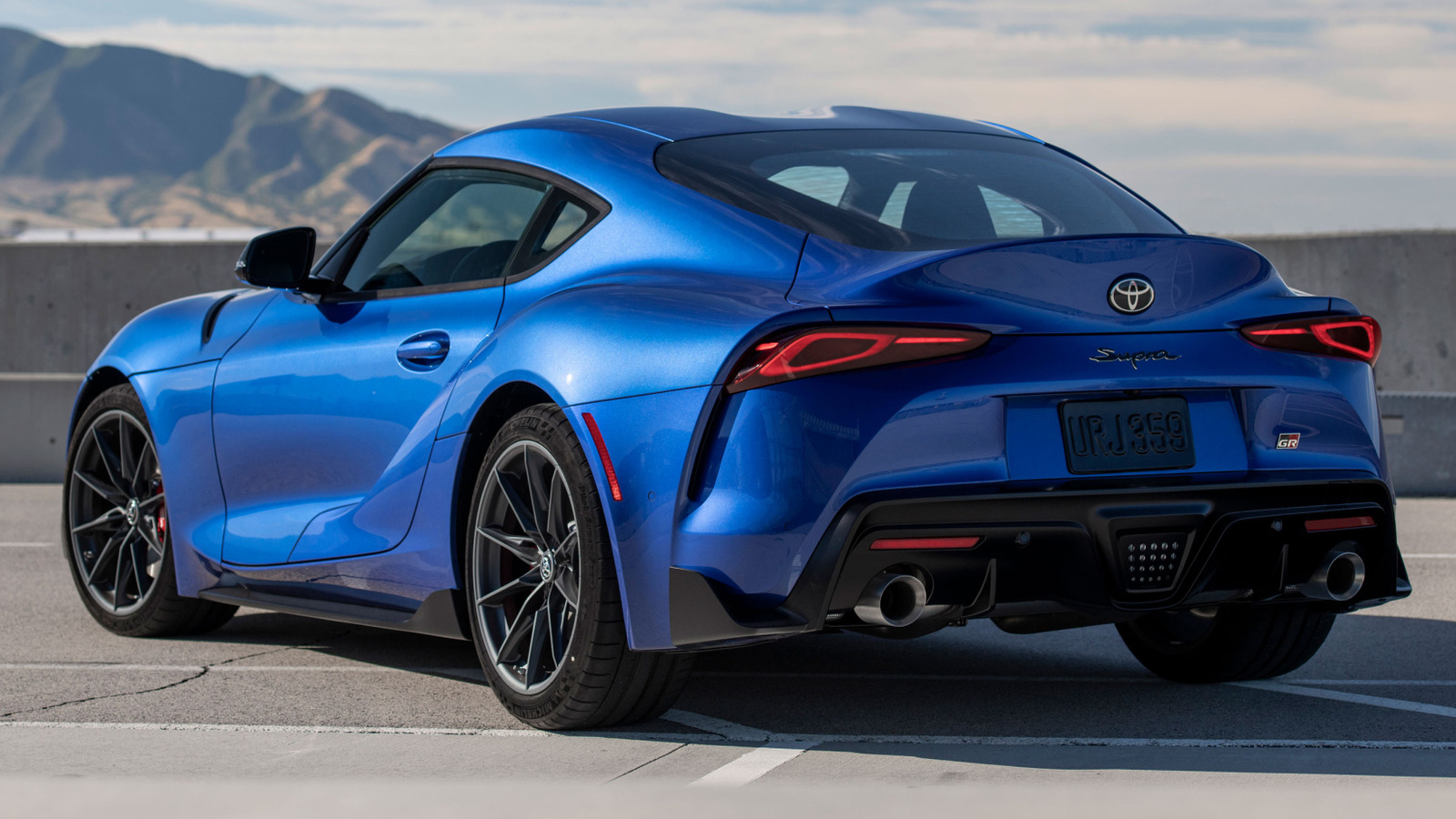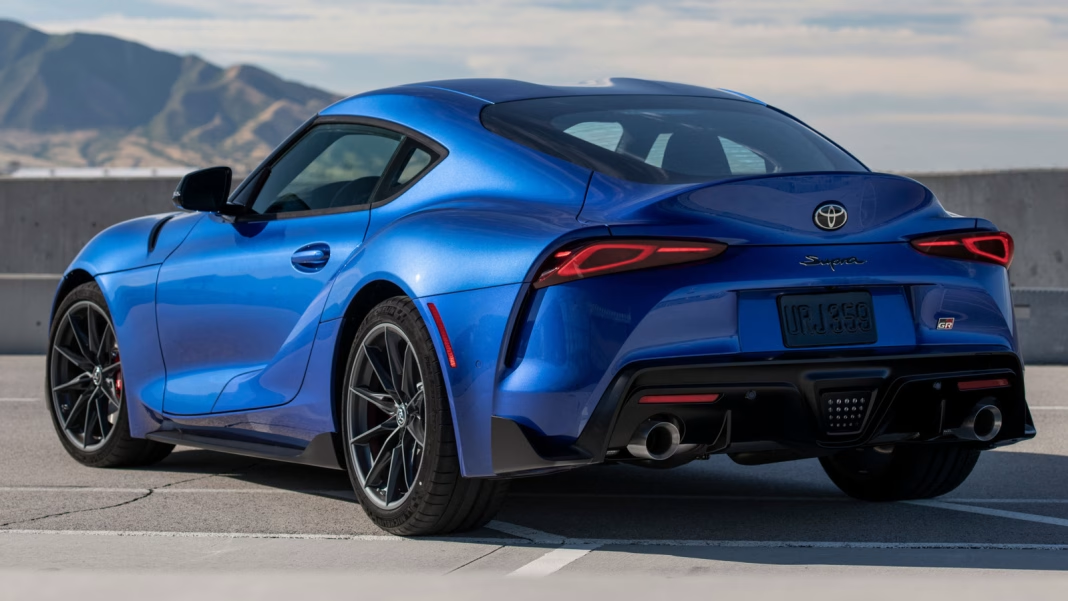What Can We Expect from the Next-Generation Toyota Supra?
Car enthusiasts have been buzzing about the next Toyota Supra, and for good reason. The sixth-generation model, slated for a 2027 release, promises a big shift in both engineering and identity. If you’ve been following the Supra’s journey, you know the current model stirred up debate due to its BMW roots. This time, Toyota is taking the reins, and that’s a game-changer.
Why Is Toyota Building Its Own Engine for the Supra?
One of the biggest gripes among Supra loyalists has been the heavy BMW influence in the fifth-generation model, especially under the hood. The upcoming Supra will feature a Toyota-built turbocharged 2.0-liter inline-four hybrid. That’s right—no more borrowing from BMW’s parts bin. This move signals Toyota’s commitment to reclaiming the Supra’s legacy as a true homegrown sports car.
Why does this matter? For starters, Toyota’s hybrid tech is among the most advanced in the world. Just look at their success with models like the Prius and the GR86. By blending a turbocharged engine with hybrid power, Toyota is aiming for a sweet spot: thrilling performance with a nod to efficiency. It’s a bold step, especially as emissions regulations tighten globally.
How Will the Hybrid Powertrain Change the Supra Driving Experience?
Hybrid and sports car in the same sentence? It’s not as odd as it sounds. Hybrid systems have come a long way, and Toyota’s expertise could mean instant torque, sharper throttle response, and even better weight distribution thanks to clever battery placement.
Take the latest Toyota Crown or the RAV4 Prime as examples—both deliver surprising punch thanks to their hybrid setups. Now, imagine that tech dialed up for a rear-wheel-drive coupe. Expect acceleration that pins you to your seat, but with fewer trips to the gas station. And for those worried about the loss of that classic Supra growl, Toyota’s engineers are known for tuning exhaust notes to keep purists smiling.
Will the Supra Still Feel Like a Supra?
Identity is everything in the sports car world. The Supra nameplate carries decades of street cred, from the legendary Mark IV to its pop culture fame. Toyota’s decision to develop the new Supra in-house is a clear signal: they want this car to feel authentically Japanese again.
According to industry insiders and recent interviews with Toyota’s Gazoo Racing division, the focus is on delivering a chassis that’s agile, communicative, and fun—hallmarks of every great Supra. Expect a driver-centric cockpit, rear-wheel drive, and a design that stands out from the crowd. No more badge engineering. Just pure Toyota DNA.
How Does This Fit into the Broader Sports Car Landscape?
The sports car market is in flux. Electrification is everywhere, and some iconic models are disappearing or transforming into crossovers. Yet, Toyota is doubling down on the classic coupe formula, just with a modern twist. The hybrid Supra isn’t just about saving fuel—it’s about future-proofing the sports car experience.
Recent data from the International Energy Agency shows that hybrid and electric vehicles made up nearly 30% of global car sales in 2023, and that number is climbing. Toyota’s move positions the Supra to thrive in a world where performance and sustainability must go hand in hand.
What Should Buyers and Fans Watch For Next?
If you’re considering a future Supra, keep an eye on Toyota’s motorsport activities. The company often tests new tech on the track before it hits the street. Rumors suggest the sixth-gen Supra could borrow lessons from Toyota’s Le Mans-winning hybrid race cars, which would be a huge win for driving enthusiasts.
Also, watch for updates on pricing and trim options. Toyota has a knack for offering accessible performance, and there’s hope the new Supra will follow suit. Expect more details to emerge as we get closer to 2027.
The big takeaway? The next Supra isn’t about perfection—it’s about smarter adjustments. Start with one change this week, and you’ll likely spot the difference by month’s end.


